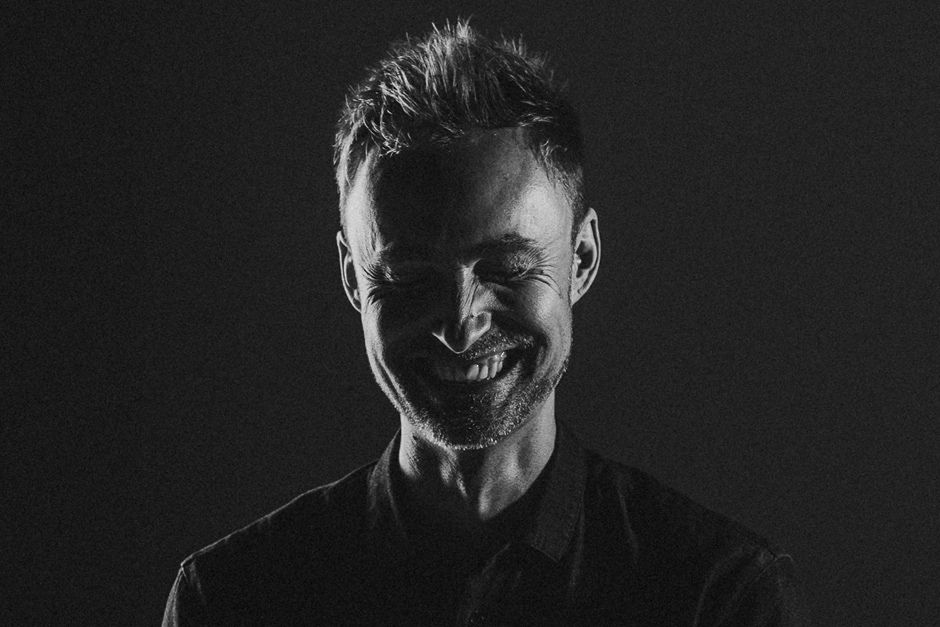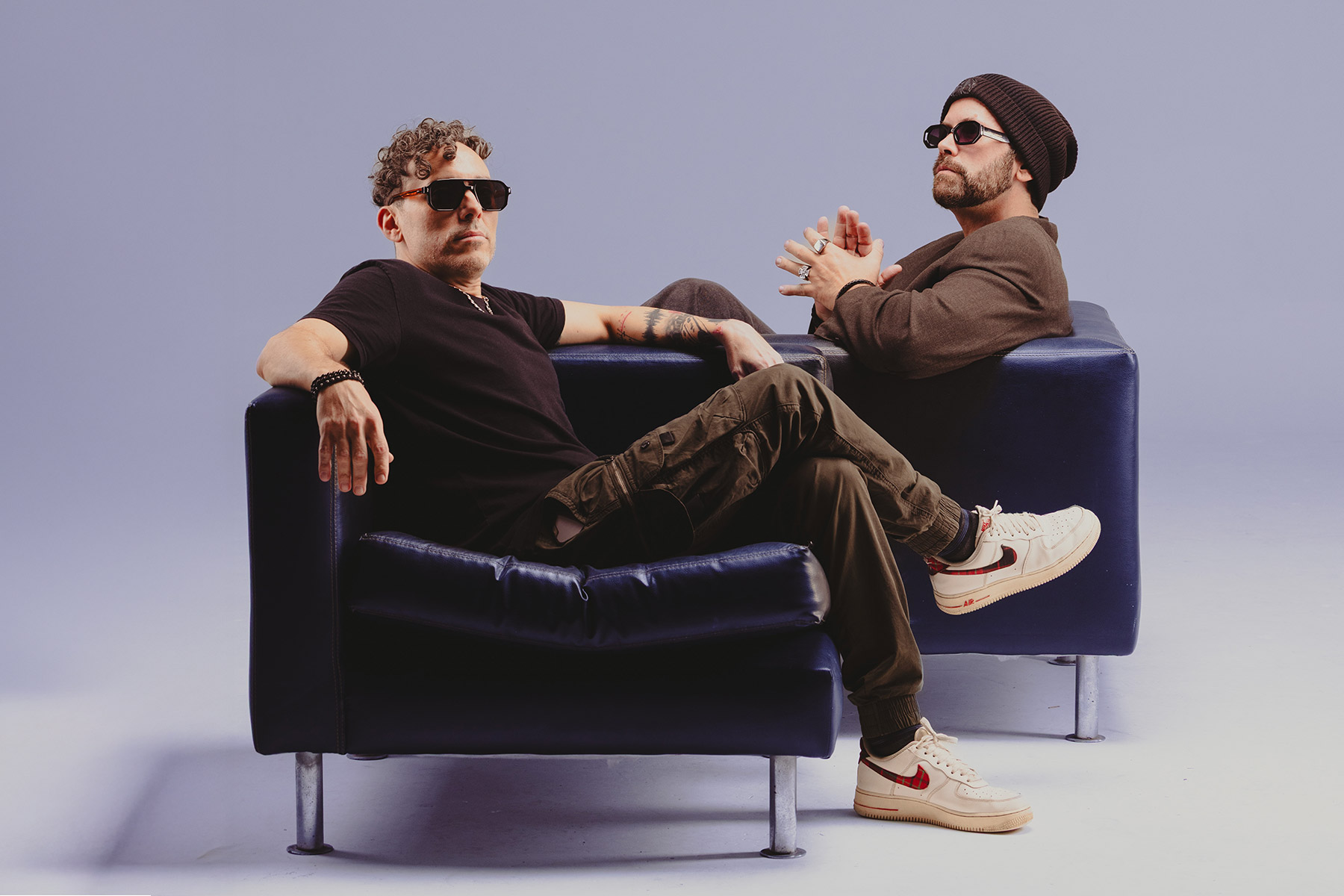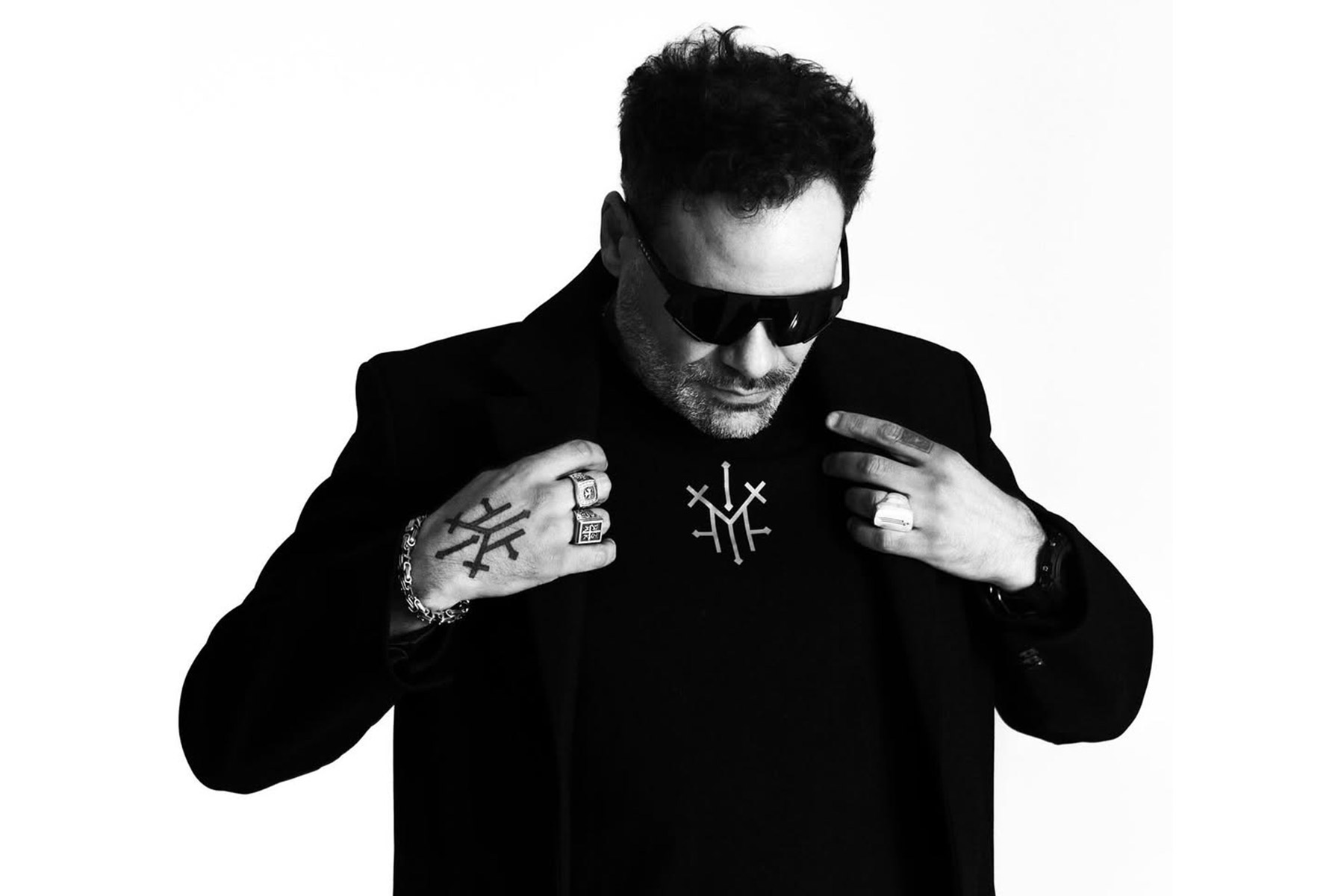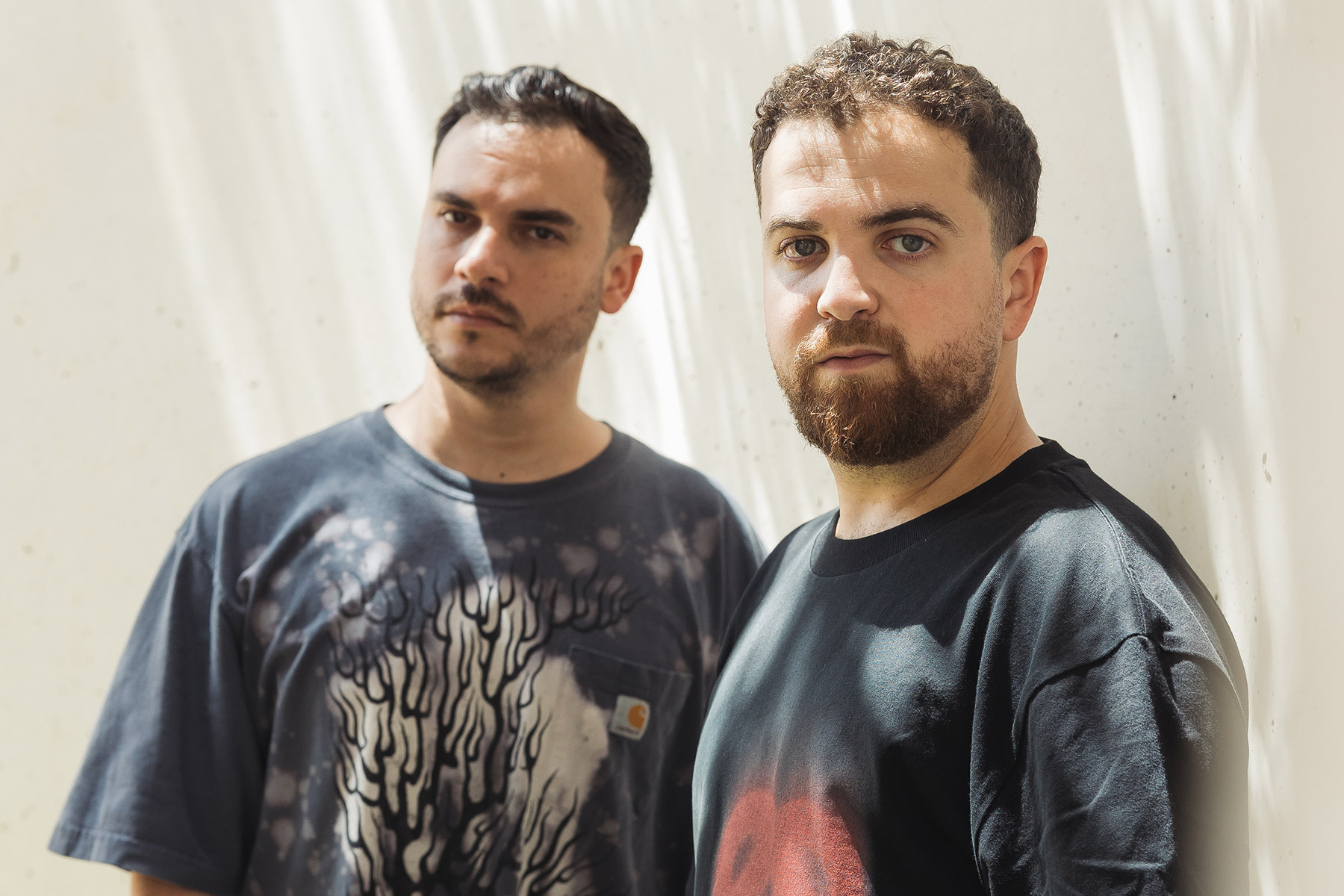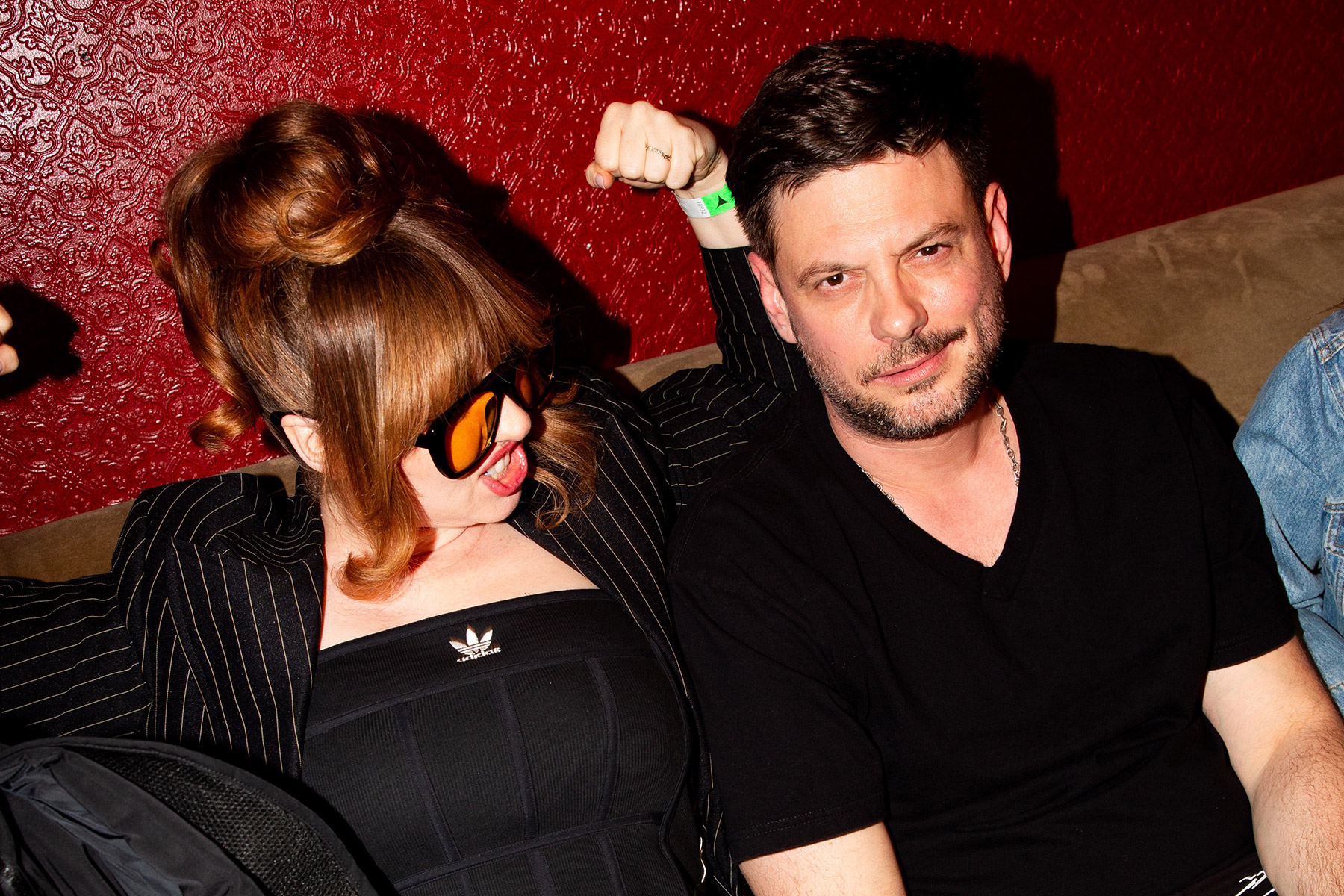Robot Koch is an award-winning artist, producer, and composer from Berlin, living in Los Angeles. He has been steadily crafting a remarkably mature and original sound that expertly combines a deep and cinematic atmosphere, emotional reflection and forward-thinking production.
Robot Koch has become well known for his cinematic compositions, which transcend music into real living experiences. His music is an intriguing dialogue between technology and nature that seems particularly relevant to the times we live in. There is also a feeling of departure, of leaving familiar grounds to something that lies beyond.
Today Robot Koch shares 5 studio tips ahead of the release of his upcoming album ‘Next Billion Years’ to be out on April 24th via Modern Recordings label. For more info click here.
1. Meditation: This is probably the best tip I can give. I meditate twice a day and have not missed a meditation in over 5 years. To quote David Lynch, “Ideas are like fish. If you want to catch little fish you can stay in the shallow water, but if you want to catch the big fish, you’ve got to go deeper”.
In meditation, you go deep into what science calls the unified field. The more your consciousness – your awareness – is expanded the deeper you go to this source and the more you allow ideas to come up. Thinking and the logic mind are useful tools but they also take away from a lot of potential that lies hidden below the thinking mind. Meditation helps me to not get carried away in thought patterns but let things come up from a deeper level. That can be so freeing creatively.
2. Headroom: Something that made my mixes much better was the realization of frequency efficiency in the mix. Oftentimes sounds I recorded contained energy in frequency bands where they didn’t serve any purpose. There is a lot of low-end rumble that hides on vocal recordings for instance, where the mic just picked up a minor vibration from the mic stand. All these “hidden” frequencies add up and clutter your headroom. The same is true for hihats, you don’t need low end on a hihat, and then you have a hard time getting the mix loud if your headroom is maxed out too soon.
You wanna keep enough headroom on your master bus so you can master the track and make it sound loud and present in the end. It’s about making decisions in your mix: What’s your low end? Is it the kick? Is it the bass? There needs to be a clear hierarchy. Defining which sound actually is the low-end foundation of your track helps you mix the track accordingly. So if a low kick is hitting hard at around 50hz you can carve out that frequency in your bass a little bit to make room for the kick. They don’t both need the same energy in the same frequency, so decide which sound gets to add how much energy in which frequency. You can use sidechain compression for shaping bass/kick dynamics. I also love dynamic EQs and multi-band compressors because they can help you really shape the frequencies on each channel, so each sound contributes to the right amount of energy in the frequency spectrum.
3. Collaboration: I think music is inherently collaborative. Even if you work alone you’re somehow working with ideas of the artists that inspired or influenced you, or with the instrument someone else invented maybe hundreds of years ago. You don’t create in a vacuum. We always stand on each other’s shoulders. I love collaborating with other artists for many reasons. You come up with ideas that are bigger than the ideas both collaborators would have had on their own (1+1=3). You also learn so much. Every time I collaborate I learn a little trick from someone I work with and the other one learns from me. It’s a win-win. even if you’re a solo artist, try collaborating and you’ll be surprised at how much better your own music becomes.
4. Commitment: This is something I talked about in the “one thing” video I made for Ableton: I learned that limiting myself by committing to a sound helps me with my creative writing process. For example, I use the resample function in Ableton to record a VST instrument with the whole effects chain as an audio file and work with that sound from there. You can also freeze and flatten to audio. Once I got the audio printed, I delete the actual midi channel afterwards, so I can’t go back. I have to use the sound I recorded the way it is, with all the effects on it. I choose to limit myself. I commit to the sound and run with it. Having too many options can be distracting in the creative process. I force myself to work forward and not rethink an idea. You constantly make decisions in the writing process, they become more precious if you can’t undo them and then you really ask yourself, do I like this? Do I really like it enough to leave it just like that? It helps me develop a better sense of what a song really needs. Otherwise, you end up with all these options you`re not sure about and you might never finish the track.
5. Consistency: Making something a regular practice is how you improve. Showing up every day and working on your music is key to getting better at it. It helps with finding your own voice as an artist too. Like meditation, I make working on music a regular spiritual practice.
I also overcame limitations, like feeling my mixes were not good enough by constantly working on getting better at them. Things just take time. you have to invest that time, consistently – that’s true for any art form. You’ve gotta make space for ideas to come through. They don’t always happen the minute you open your DAW. The same is true for the music career in a bigger picture – it’s like a small plant that grows over time, it needs love (water and light) consistently over a longer period of time to turn from a seed into a plant that can bear fruit. Patience is another huge aspect in getting better at being a producer and a human being.
Follow Robot Koch: Facebook | Soundcloud | Twitter | Instagram

